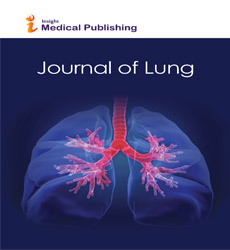Lung ultrasound guided Bronchoalveolar Lavage to Treat Uninflated Pulmonary Disease of the Newborn
Abstract
Uninflated lung disease (UnILD) refers to atelectasis as a major pathologic lesion in the lung tissue, which mainly appearances of large area consolidations under lung ultrasound (LUS). Clinically, UnILDs primarily include pulmonary atelectasis of the newborn (PAN), severe pneumonia, and meconium aspiration syndrome (MAS).UnILDs are common diseases in newborn infants and the major reasons for acute respiratory deterioration, a prolonged hospitalization, and difficulties in weaning from mechanical ventilation. From January, 2014 to October, 2019, we conduct bronchoalveolar lavage (BAL) to treat neonatal UnILDs under the guidance of LUS and got excellent results. Among of total of 745 patients, including PNA 201 cases, severe pneumonia 329 cases and MAS 215 cases. The results that Invasive ventilator use rate significant decreased<0.01),the duration required to receive invasive ventilator treatment significant reduced (p<0.01),the length of hospitalization significant decreased p<0.01) and the hospitalization expenses significant decreased (p<0.05). All patients had stable vital signs during lavage and no adverse side effects were observed. So we concluded that under LUS monitoring, BAL has a significant effect on UnILDs.
Open Access Journals
- Aquaculture & Veterinary Science
- Chemistry & Chemical Sciences
- Clinical Sciences
- Engineering
- General Science
- Genetics & Molecular Biology
- Health Care & Nursing
- Immunology & Microbiology
- Materials Science
- Mathematics & Physics
- Medical Sciences
- Neurology & Psychiatry
- Oncology & Cancer Science
- Pharmaceutical Sciences
